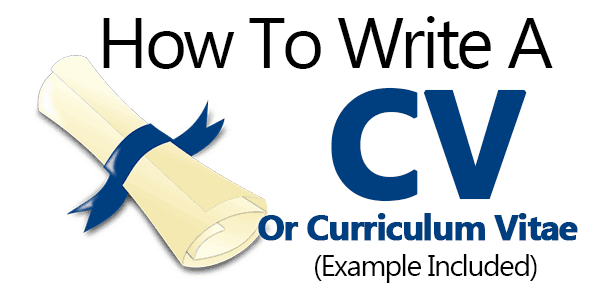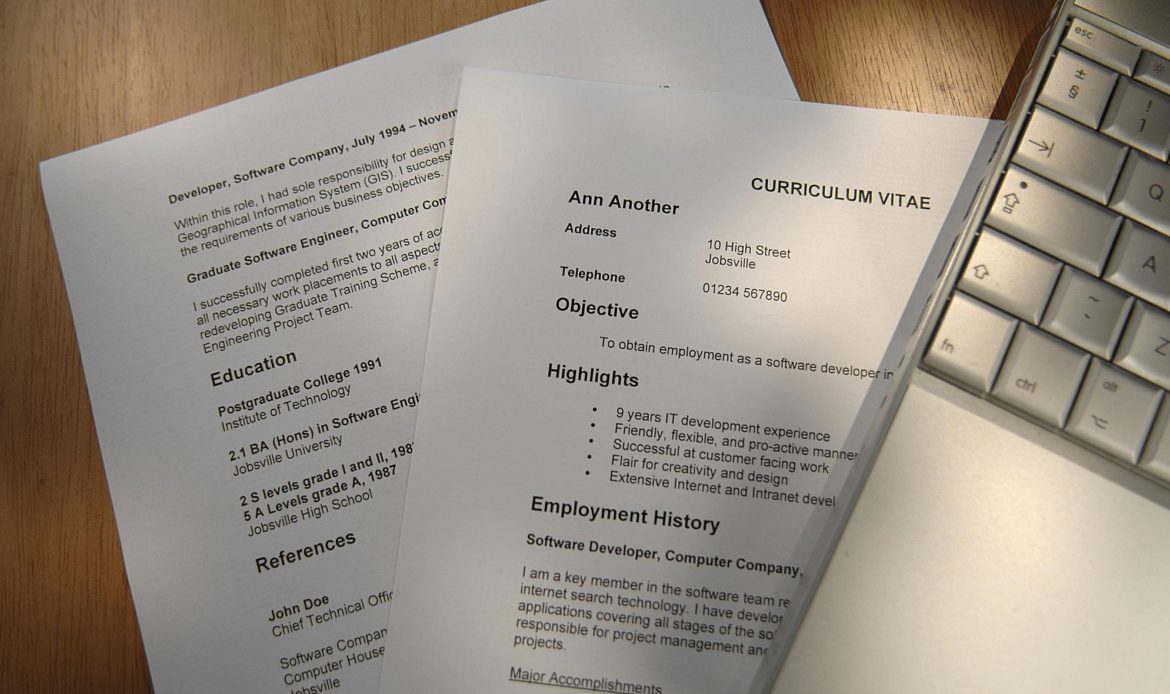Basic Tips to Help Construct a Standard Curriculum Vitae (CV)

A curriculum vitae, often abbreviated as CV, is a document showcasing job applicants’ academic and professional accomplishments. It is used to apply for positions within areas or industries where one’s specialized skills, knowledge or expertise are required. A standard CV must include the information needed for the recruiter to verify the skills, experience, and educational qualifications of an applicant.
To secure an interview for your dream job, you need a standard CV format. Note that proper formatting not only makes your CV scannable by the Applicant Tracking Software (ATS) bots, it also makes it readable and easy to navigate for recruiters. See below for carefully curated information needed to construct a standard CV.
A standard CV should include the following sections:
* Contact Information
* Professional Summary
* Professional Experience
* Academic History
* Key Skills and Qualifications
* Industry Awards (If any)
* Professional Certifications
* Publications (If any)
* Additional Training
While looking for a new job opportunity, resist the urge to recycle an old CV. You need newly polished, customized document that will attract the recruiter’s attention from start to finish.
Follow these tips to boost your CV writing skills:

Read Also: 4 Important Factors to Consider When Choosing a Mentor
Craft a lead
Start with your contact information; your name, phone number, email address and, if applicable, links to your website and LinkedIn profile.
Also, hiring managers expect to see a short paragraph such as a professional summary just below your contact information. Think of this paragraph as your 30-second elevator pitch; summarize your experience and training, and highlight your relevant skills for the role you are applying to.
Show impact
The larger part of your CV should focus on your work experience. List your past jobs in chronological order, from most recent to oldest, and take a results-driven approach to describe your duties and accomplishments. This means including meaningful information about how you contributed to a project or a company. To better highlight how you excelled in a position, use action verbs, give specific examples and add quantifiable results. The goal is to show you made a difference.
Highlight your core competencies/skills
Note that interpersonal skills are critical to your career success. Effective writing and verbal communication, critical thinking, time management, creativity, and problem-solving abilities are all highly prized today. It is important to include them in your CV. A carefully written CV, free of grammatical and spelling errors, and tailored to the role you are applying for will be a clear demonstration of your writing skills.
Highlight technical skills
Share your software skills, technical knowledge or relevant certifications and training. For instance, candidates for an administrative assistant position or similar role are expected to have a good knowledge or experience on Microsoft Office tools. Using the job description as a guide, discuss your competencies on the software required for the role.
Be unique
State unique talents that are relevant to the position or company. Foreign language fluency, for instance, could give you an edge over other candidates while applying for an international opportunity. Whatever your passion, use your unique qualities and experiences to make yourself stand out.
Include keywords
Many companies scan CVs and cover letters for the keywords used in their job postings. This poses the need to tailor your CV to every job you apply to.
Proofread
Carefully proofread your resume for spelling and grammatical errors. In addition to running a spell-check, read your document aloud slowly, so you can focus on each word. Also, use writing tools such as grammarly to be sure of your work. Finally, ask a competent friend or colleague to double-check your work.
While the guidelines to writing a winning CV may seem endless, following these well-researched tips provided above will surely help you to create an attractive CV.
Did you find this useful? Please share your thoughts with us.
